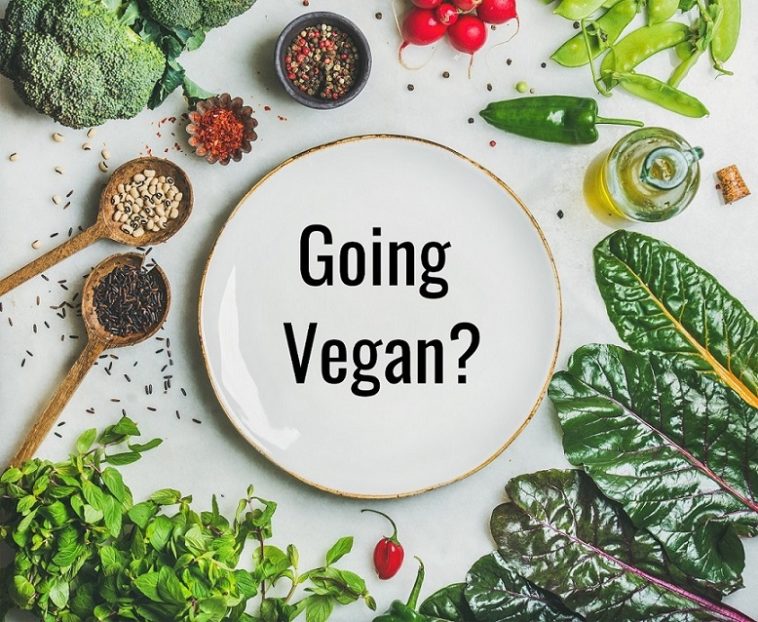If you are undergoing certain treatment for vitiligo, it is a possibility that you were asked to turn your back to non-vegetarianism and dairy products (to go Vegan for vitiligo treatment). Who can blame your doctor? It has been a known fact that animal protein in non-vegetarian food can act as a foreign body to pigment cells. Similarly, excessive consumption of the milk and milk products can also lead to sudden aggravation of vitiligo in some patients. This may explain why some vitiligans have written to us that they have seen improvement in their white patches after going meat and dairy free.
While such awareness may drive more and more people to vegetarianism and veganism, misconceptions like “vegan meals are the inferior sources of protein” is also doing rounds. A vitiligian or someone with healthy skin, all of us need plenty of proteins in our diet. After all, proteins are the essential building blocks of our body which not only keep us fit but also initiate the recovery of damaged cells during an emergency.
If you, too, are worried about it, you just got lucky. We are here with the list of easily accessible protein-rich products which you can add to your vitiligo diet to fulfill your nutritional needs.
Legumes
Top of the list is different types of Legumes which have been an essential part of our diet for centuries now. You don’t actually need to include them but segregate them into your meals so as to complete your protein requirement each day of the week. Lentils, Split Peas, Soya Beans & Lima Beans are some of the legumes which you come across every day. They are highly rich in protein content and 1 cup of intake can take away half the requirement comfortably!
Chickpeas
100 gm of chickpeas provides approximately 19 gm of proteins. Whether you want to give it to your kids or have it yourself, just boil it and add tomatoes (if allowed), onion or coriander. Carry them in a tiffin box and have it at your leisure at your office. It’s healthy, filling & quite tasty!
Nuts
“Are you nuts?” should actually be a compliment. Don’t know why it means otherwise. It’s known that having nuts like Cashew Nuts, Peanuts, Almonds, and Pistachios are connected with the sharper brain. Soaking them in water and having a fistful of each of them will cover up most of your protein requirement for the day. They also provide fiber and fat and fill you up super-fast! You can also use nuts in various cooked delicacies to enhance the taste.
Vegetables
Eating veggies and especially the greener ones have always been recommended to vitiligo patients and rightly so. If cooked properly you even eat more than what you opt for. Some protein-rich vegetables are Cucumber, Beetroot, Carrot, Brussels, Sprouts, Onions, Spinach, Green Pepper, Broccoli, Lettuce, and Mushroom.
Fruits
Fruits should also be an integral part of your food structure. Pineapple, Grapes, Apple, Banana, Papaya and Pears are few of them which have good protein content. While we don’t need to debate about their taste, some of them can be accessed with changing seasons.
Since the ascorbic acid in citrus fruits tends to diminish melanin pigmentation in certain vitiligo fighters, we have excluded Orange from the list.

